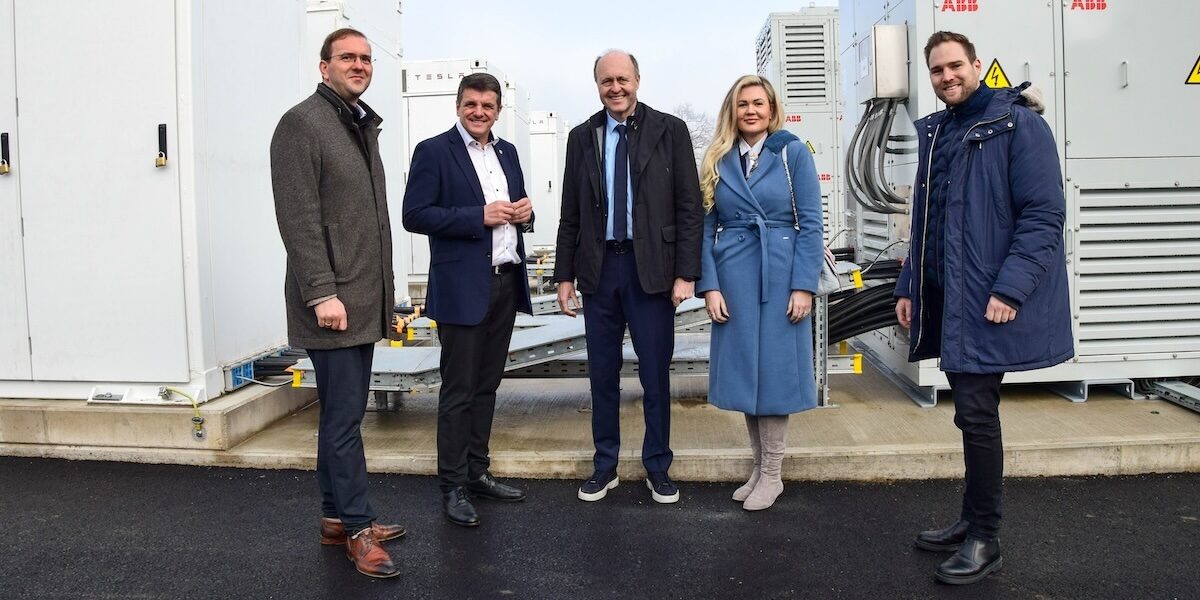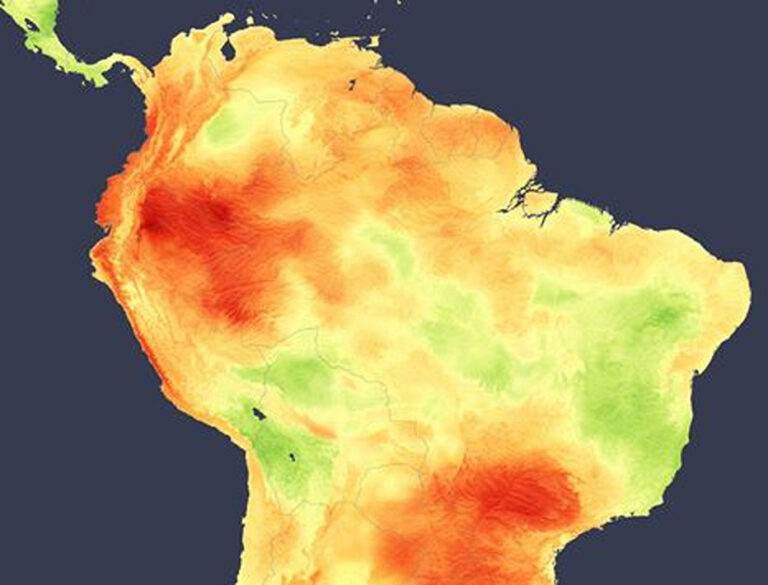In a new weekly update for PV -MagazineSolCast, a DNV company, reports that South America saw widespread above average irradiation in January, despite weak La Niña conditions. However, storm systems that are fed by Atlantic moisture oppressed the generation of solar energy in parts of Brazil and Bolivia.
South America saw above-average radiation in January, despite weak La Niña conditions. However, storm systems that are fed by Atlantic moisture oppressed the generation of solar energy in parts of Brazil and Bolivia. According to analysis using the Solcast APIRadiation varied from a maximum of 15% above average in most regions to 10% below average in areas affected by storm.
January 2025 was favorable for PV production in a large part of South America, with irradiation of 5-15% above average. This observation contrasted with typical weak La Niña conditions, which usually do not bring such a widespread increase in irradiation.
Although some model agencies have explained La Niña conditions for January, supported by Pacific Sea Surface temperatures that meet La Niña thresholds, historical data shows that weak events rarely stimulate such an increase in radiation. Compared to comparable Enso years, January 2025 saw higher radiation abnormalities, in particular in the western and southern parts of the continent. This is in line with earlier predictions that predict a clear summer season in the region. In addition, note warm global sea surface temperatures, a continuous indicator of the climate
Change can influence and change the typical effects of La Niña.
However, not the whole of South America benefited from these trends. Parts of Brazil and Bolivia saw radiation levels by 5-10% below average fall due to stormy weather and associated cloud cover. These terms and conditions were powered by stronger than usual trade winds that wore
abundant moisture from the abnormally warm Atlantic Ocean to the region. The resulting heavy rainfall led to widespread floods and landslides, in particular in the southeast of Brazil and Bolivia.
These disruptive rainfall events and associated radiation effects emphasize the challenge of predicting solar conditions in a variable tropical summer climate. La Niña and climate change contribute to the complexity of the task.
Dissolved Produces these figures by following clouds and aerosols with a resolution of 1-2 km worldwide, with the help of satellite data and own Ai/ml -algorithms. This data is used to stimulate radiation models, so Solcast is able to calculate the radiation at high resolution, with a typical distortion of less than 2%, and also cloud-tracking predictions. This data is used by more than 300 companies that manage more than 150 GW of solar assets worldwide.
The views and opinions expressed in this article are the author, and do not necessarily reflect it by PV -Magazine.
This content is protected by copyright and may not be reused. If you want to work with us and reuse part of our content, please contact: editors@pv-magazine.com.
Popular content





